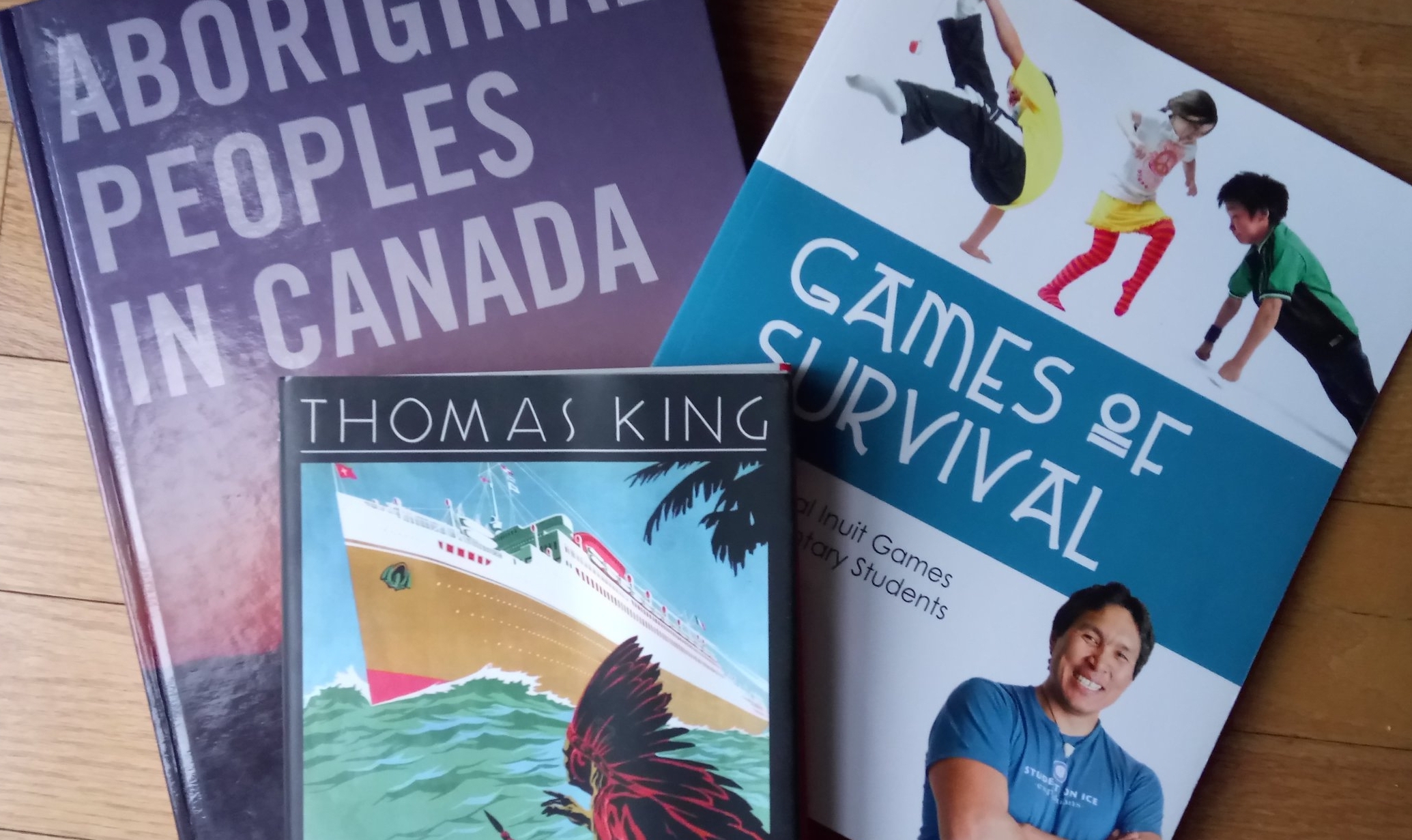This is part three in a series on land acknowledgement in schools. Posts in this series include: The Land Acknowledgement as an Invitation to Inquiry, and Deepening Our Relationship with the Land Acknowledgement.
One question that I get over and over from the teachers I meet and the teacher candidates I teach is about they can make the land acknowledgement meaningful for their students.
The concern I've heard ever since the Toronto District School Board made the territory acknowledgement a regular part of their morning opening in 2016, is that students in many parts of the city are not listening respectfully when it comes on the announcements.
Indeed, this morning in a classroom I watched as students chatted away as they settled into class, took out their books, and didn't pay much attention. Contrast that to the silence, standing and, singing of the Canadian national anthem which came immediately after, and I couldn’t help but note the difference.
From what I observed this morning, if the goal is solely to make students stop and listen, having a chime, music, or some distinguishing sound at the beginning of the announcement might help direct their attention.
However, I believe this question is about more than just attention. Most teachers I speak to are wanting the students to feel the weight of the words of the acknowledgement and to perhaps spend the moment in reflection.
When I began attending events held or co-hosted by Indigenous communities and organizations in Toronto, the territory acknowledgement was usually offered right after everyone's attention had been called and people sat in silence and listened. For me personally, hearing it for the first time was uncomfortable (good!) and invoked three things:
It was a wake-up call - there is a history and a present to this land that I was not aware of!
It was a call to action - where and how can I learn more?
It was a call to reflection - what does this mean for how I behave, who I consult, and who I consider when I do my work?
I cannot offer you one magic ticket lesson plan that will make your students understand the importance. Instead I think this is a process. What I can offer is some questions to consider in that process, and some suggestions based on what I and other teachers I know have tried!
(1) Take a moment and consider: what do you know about the acknowledgement? Why do you think it is meaningful?
I ask that not to center your own interpretation, but rather to push you along on your learning journey.
I suggest you start by reading Beyond territorial acknowledgements by Chelsea Vowel. Ms. Vowel is a Métis author and educator, and this blog post takes a closer look at the purpose and history of the acknowledgement.
(2) What do you know about the history of the land your school is on?
I’m not talking in general (Canada, the US, Ontario, etc) I’m talking in the city, town, or even the neighborhood you are teaching in.
For instance, do you teach near Baby Point in Toronto? Have you heard about Teiaiaigon - a Seneca village on that exact spot?
There are many other examples of local history, and many places to read more. Torontoist has posted some well-researched blog posts about the Indigenous history of the city, and you might find this post or this post helpful!
You might also find First Story Toronto, an organization dedicated to the Indigenous history of Toronto informative. They have a blog, an app, and run tours of various parts of the city for the public.
(3) Most acknowledgements that I have heard are specific to the particular Nations whose traditional territories a school or board is on.
What do you know about those Nations? What information about them do you include in your curriculum? There are many resources out available, and try your best to include and center those authored, contributed to, or published by members of those Nations.
My favorite, especially if your school falls on Ojibwe, Mohawk, Mi’kmaq, Cree or Blackfoot territories is Four Directions Teachings (and check out their lesson plans too!)
(4) Finally, one of the strategies that I have attempted and that I have seen other teachers implement is referring back to the territory acknowledgement whenever a topic, perspective, event or issue comes up in class related to Indigenous peoples or Canada’s relationship with them.
During that same observational trip that I mentioned earlier in the post, a teacher asked her grade 8 students to reflect on when Canada has made mistakes or committed atrocities. When the answer of Residential Schools came up, she deftly connected the importance of learning about and remembering what happened to the importance of knowing and remembering whose land we are on every morning on the announcements. I think it is through moments like these, where we weave the acknowledgement throughout our teaching, that help reinforce the many layers of meaning that can be found in it.
The newness of the territorial acknowledgement in many of the schools in this province is an exciting opportunity to innovate new ideas and new strategies. If you are trying out an idea in your classroom related to the acknowledgement, get in contact!
A HUGE thank you to Ms. Vowel for permission to link to her post! Check out her amazing blog here!
